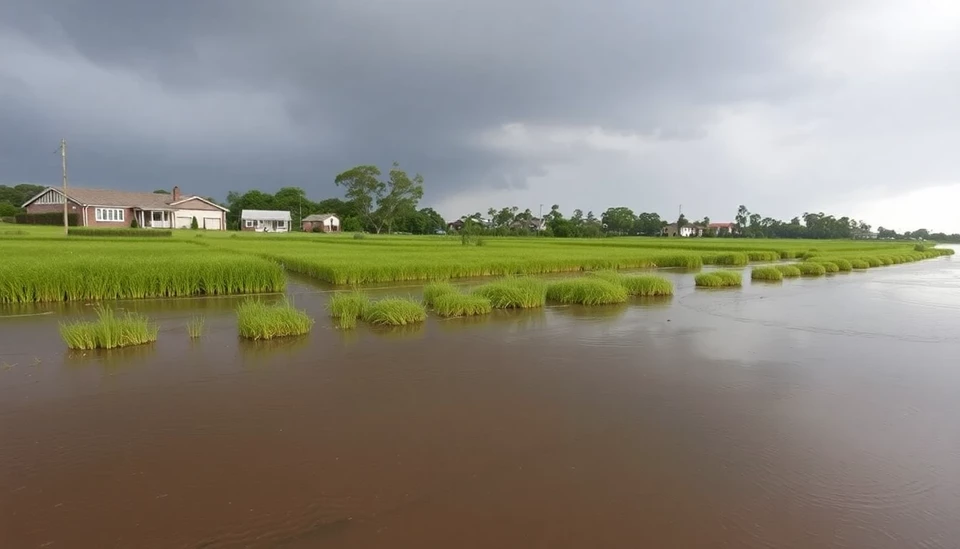
Recent studies have confirmed a concerning trend in Australia: the climate crisis is intensifying extreme rainfall, leading to heightened risks of flooding across the continent. As the planet warms, scientists have observed that heavy rainfalls, particularly those exceeding five millimeters, have become not just more common but significantly more intense. This alarming trend poses severe implications for both the environment and the communities that inhabit these regions.
In a comprehensive analysis, researchers pinpointed how the changing climate is fundamentally altering precipitation patterns in Australia. Findings indicated that the overall frequency of extreme rainfall events has surged by a staggering 42% since the 1950s. These events are not merely a result of natural variability, but are closely tied to human-induced climate change, which has led to increased atmospheric moisture. This excess moisture intensifies rainfall, leading to more severe storms and flash floods.
The impacts of these extreme weather patterns are already being felt across various states, particularly in areas like New South Wales and Queensland, which have witnessed devastating floods in recent years. During the recent La Niña events, these regions experienced unprecedented water levels, showcasing a direct correlation between rising global temperatures and extreme weather occurrences. As a result, emergency services and local governments are now contending with the challenge of managing the aftermath of these extreme conditions, which disrupt lives, damage infrastructure, and strain emergency response systems.
Moreover, the economic ramifications are significant. The increased frequency of flooding not only leads to immediate repair costs but also affects agriculture, tourism, and other vital sectors of the economy. Farmers, in particular, are facing the brunt of these climate-related challenges, as unpredictable rainfall patterns can devastate crops and livestock, further complicating food supply chains.
Experts argue that urgent action is needed to mitigate the effects of climate change. Enhancing resilience through improved urban planning, investing in better flood defenses, and adopting sustainable agricultural practices are all strategies that need to be prioritized to safeguard Australian communities against the onslaught of extreme rainfall and its consequences.
The scientific community continues to advocate for broader climate action on a global scale. They stress that investment in renewable energy, stricter emissions regulations, and international cooperation are essential elements needed to combat the severe impacts of climate change. As extreme weather events become increasingly commonplace, the call for decisive action has never been more urgent, emphasizing the shared responsibility to protect future generations from the escalating risks associated with a warming planet.
In conclusion, while Australia grapples with the immediate impacts of extreme rainfall and flooding, the focus must now shift toward long-term strategies to adapt and mitigate these increasingly destructive weather patterns. Without concerted global efforts to address the root causes of climate change, the nation will continue to face dire consequences in the future.
#Australia #ClimateChange #ExtremeWeather #Flooding #GlobalWarming #Rainfall #EnvironmentalImpact #Sustainability #ClimateAction
Author: Samuel Brooks




